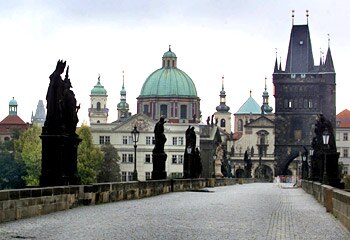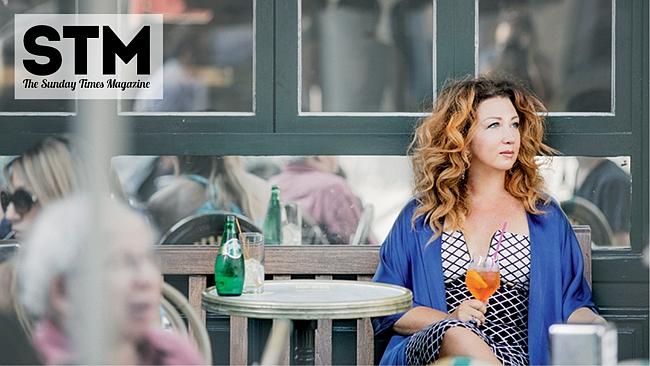Here's to Prague
VISITING Prague can prove adventurous, writes Richard Finnila after a night flirting with the green fairy in a Czech nightclub and a hungover day at a torture museum.

IT LOOKED like engine coolant and smelt like nail polish remover, but rest assured, I was told, it would be fine to drink.
"Ready, on the count of three ... one, two ..."
"Wait!" I yelled, my eyes locked on the shot glass of blue-green liquid sitting on the bar in front of me.
"What is this stuff again?"
"Absinth," came the answer. "It's 74 per cent alcohol."
It was too late to back out now: "All right, let's get it over with," I said, reaching for the shot glass of this Czech-made spirit with the turgid chemical scent like something out of mother's cleaning cabinet.
The first droplet felt like a bomb had been dropped down my throat. It tasted like a cocktail of mouthwash, tequila and Tabasco sauce and instantly, the hairs on my neck stood up as it began to tickle my insides.
Soon afterwards my tongue became numb and, I swear, my mouth started to froth. It was my first absinth experience and I'm positive I will never forget it.
But no one has ever claimed life's journey would be smooth, so there I stood at a Prague bar on the third level of what is claimed to be the biggest nightclub in middle Europe.
The nightclub, Karlovy Lazne, is on Prague's tourist strip, opposite the Charles Bridge on the River MoldauIf.
The popular disco used to be an old bathhouse, with peeling paint and smashed tiles making it feel like going to a party in a squat.
While the Czech Republic is a member of the European Union, it does not use the euro currency and living and travelling can be very cheap compared with the rest of Europe. But it is catching up with the rest of the continent – much like the absinth we had earlier in the night.
Waking up the next day with a lethal hangover, we decided to head to the torture museum in the main tourist strip, tucked away next to a McDonald's. There are machines in there that would make Saddam Hussein cringe.
Some of them were used right up until the 1970s. It makes you wonder whether punishment by torture was done as much for justice as for entertainment.
Perhaps the most heinous machine was a giant saw used to cut a body straight down the middle.
Popular in the 1300s, the device was used to tie people upside down by their feet so the blood would flow to the head, keeping them alive for as long as possible.
You really have to wonder who designed these morbid machines of death. For instance, a popular machine in Germany was the "Rectal Pear" used for genital torture.
The pear would be inserted inside a person's rectum and cranked open to reveal a bunch of spikes.
There is no doubt Prague is a city of harsh beauty. Its cobblestone streets and maze of narrow alleys are both confusing and charming. If you do get lost navigating the seemingly never-ending arcades then don't bet on finding someone to help you out – there are more tourists in Prague than locals.
Take a stroll across the Charles Bridge and be prepared to be bombarded with all manner of accents and languages from around the globe.
The stone Gothic bridge, connecting Old Town to Mal Strana, is an amazing feat of architecture and a popular place for local artists to sell their wares.
Construction began on the bridge way back in 1357 by Czech king and Holy Roman Emperor Charles IV.
It was originally called the Stone Bridge, but several centuries later became known as Charles Bridge.
History has it that thousands of egg yolks were mixed into the mortar to help strengthen the construction.
Whatever the case, it has certainly withstood the test of time.
While at the bridge, it may pay to keep an eye out for the statue of St John of Nepomuk, a Czech martyr who was thrown from the bridge and killed. The plaque on the statue has been polished to a shine by countless people having touched it.
Touching the statue is supposed to bring good luck and ensure your return to Prague.
While the city is still very much ancient and mysterious, it is becoming increasingly young and hip as it gives in to outside influences.



